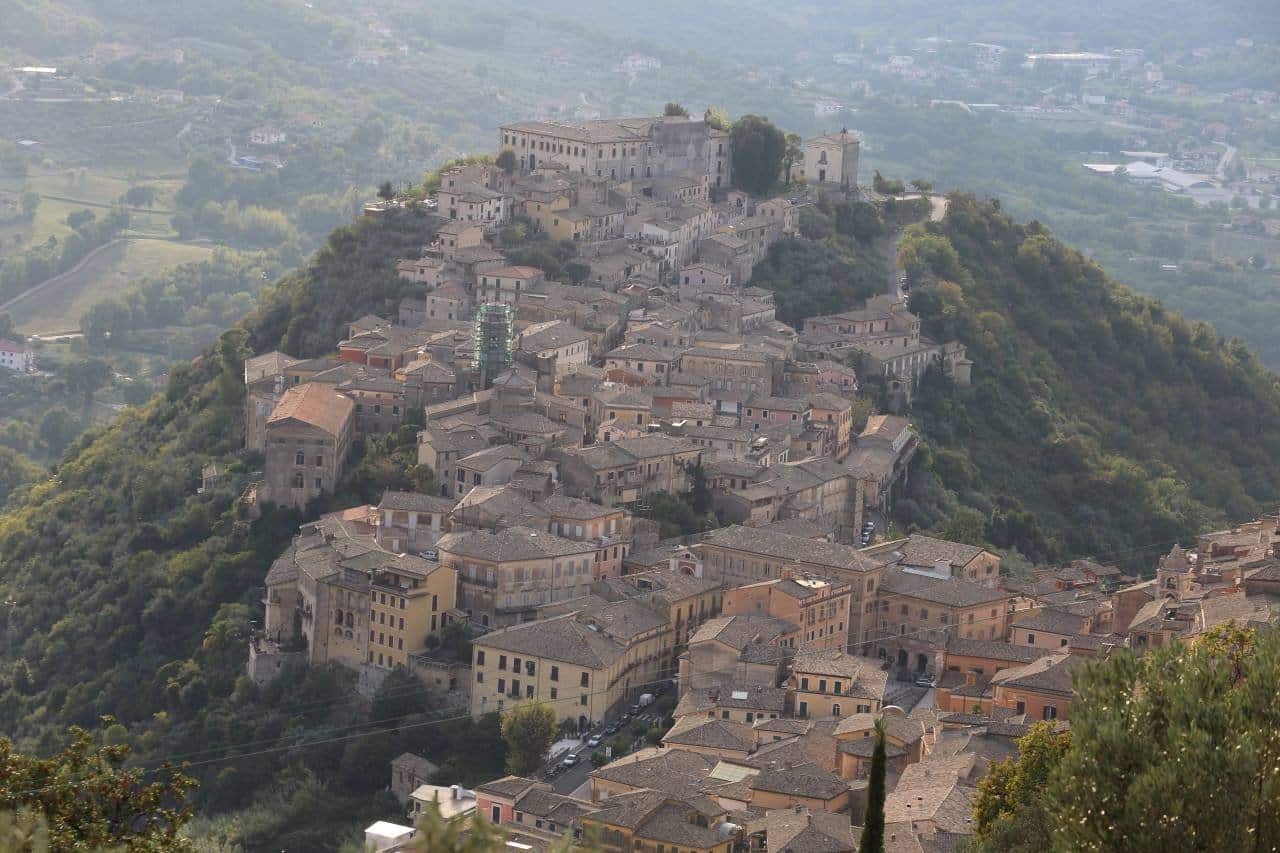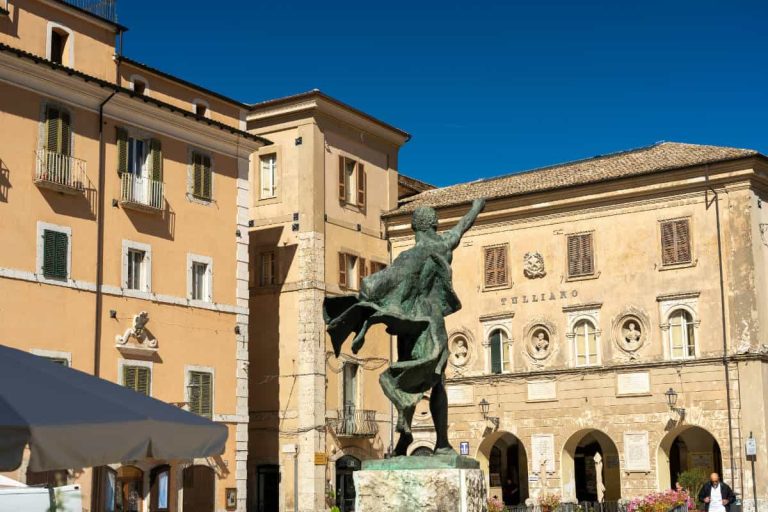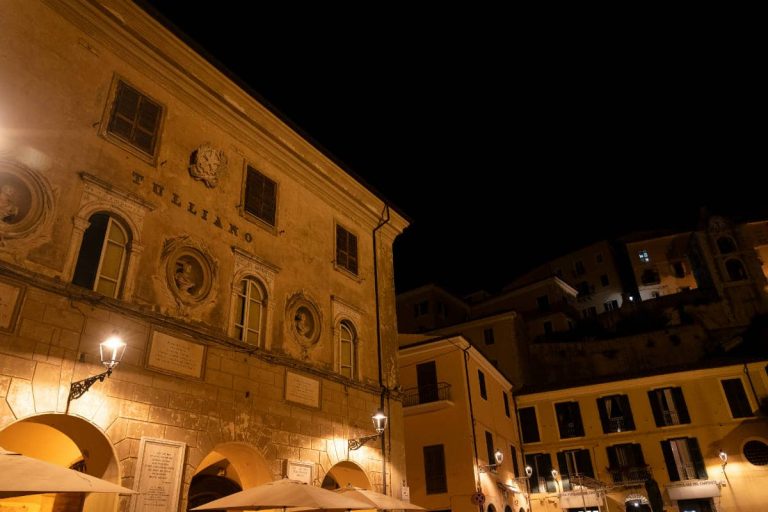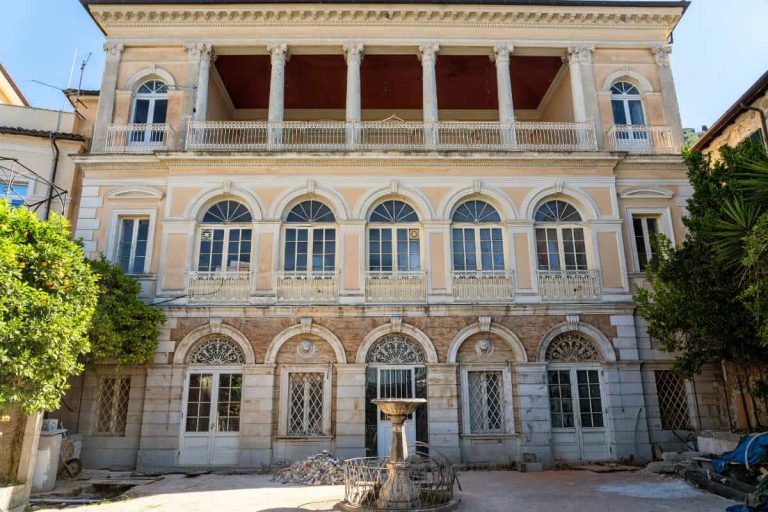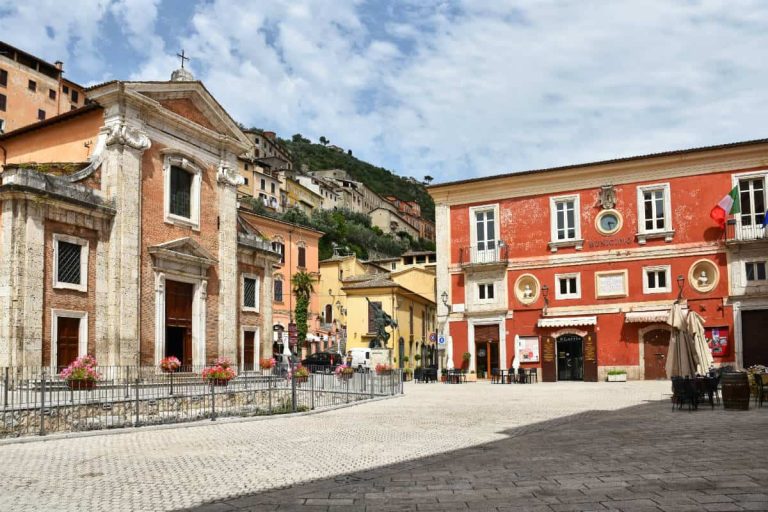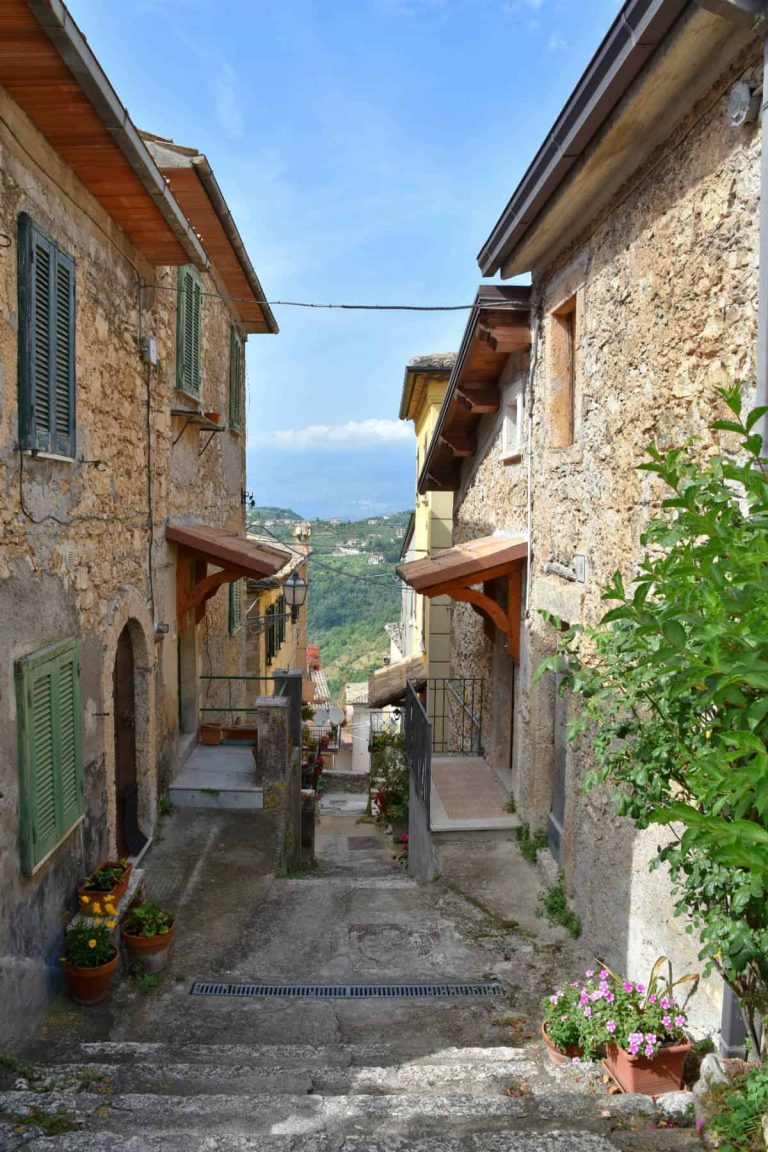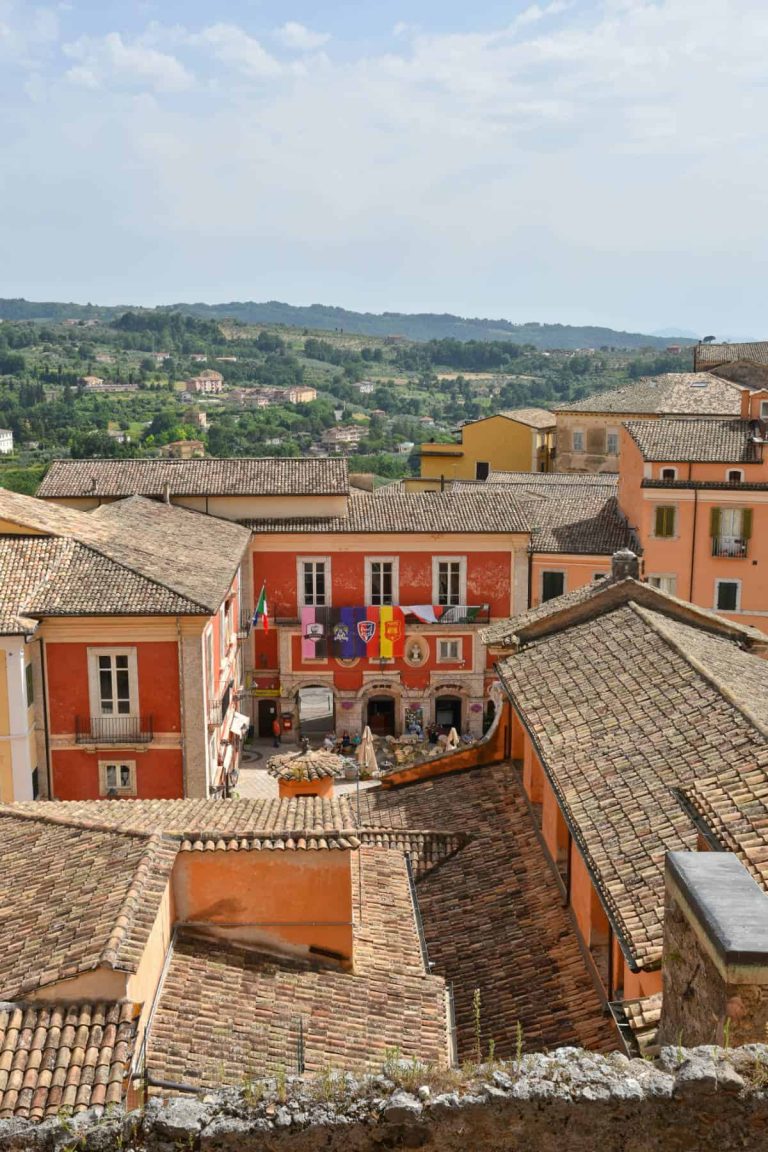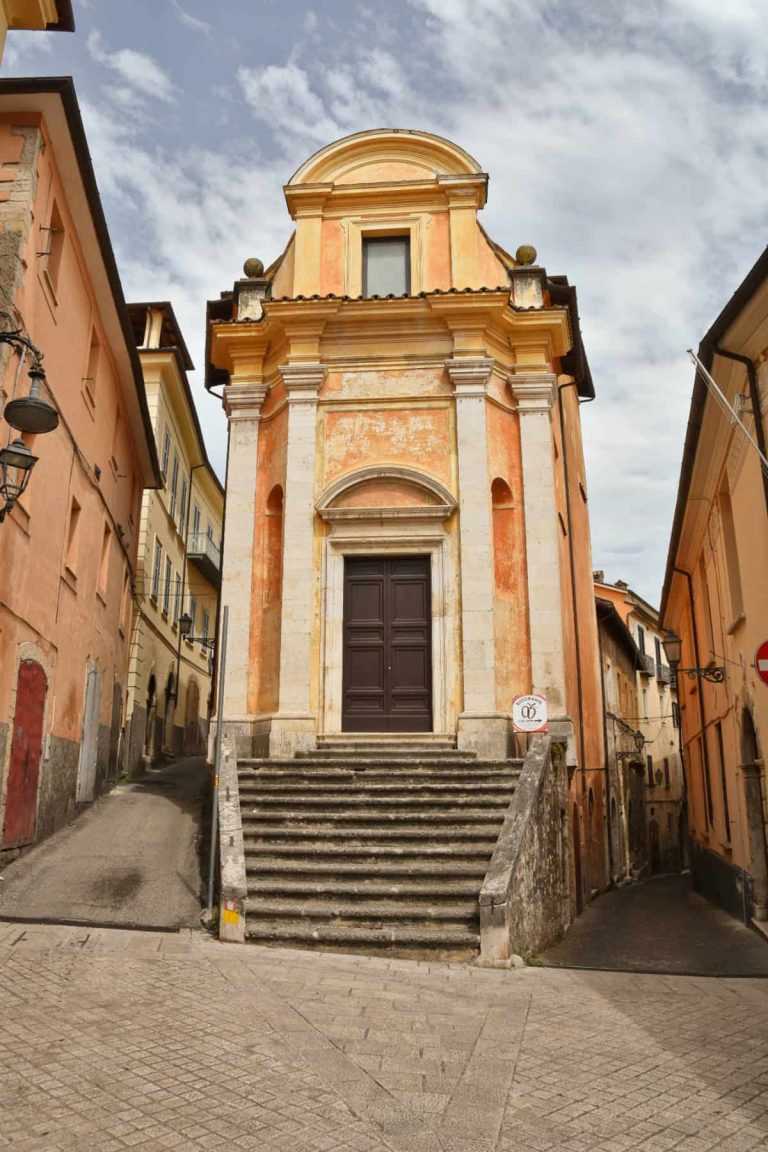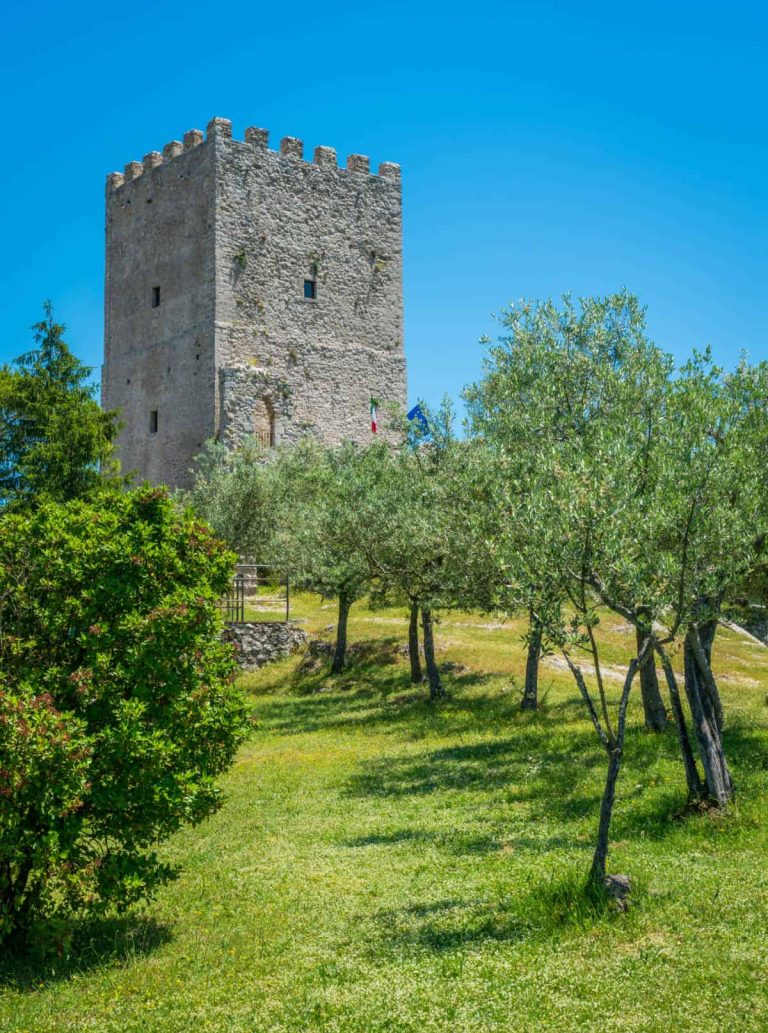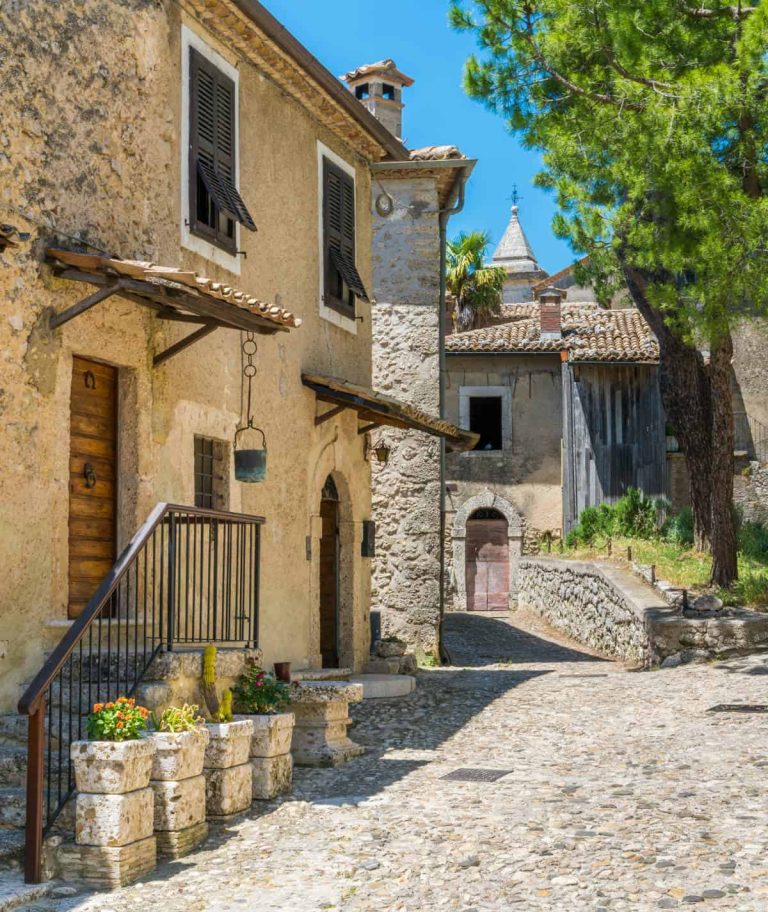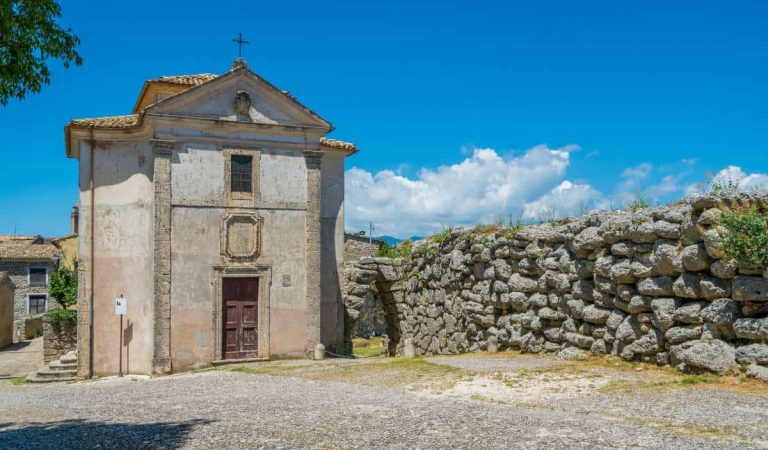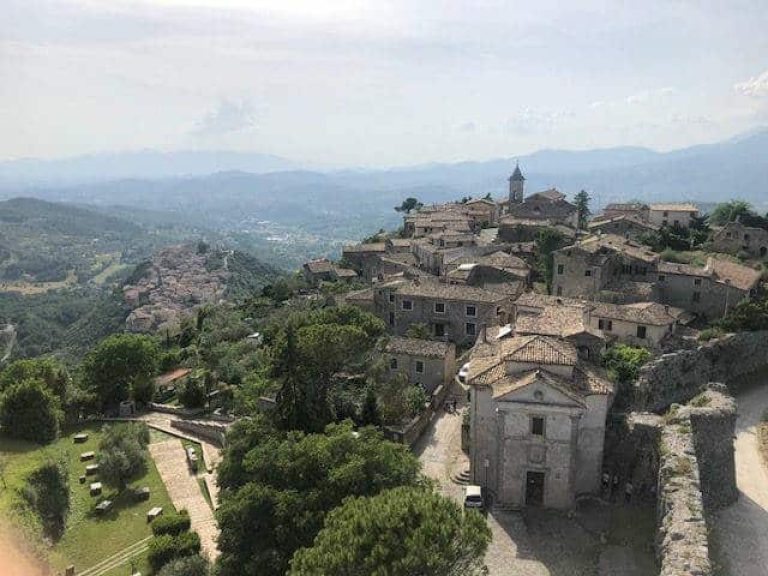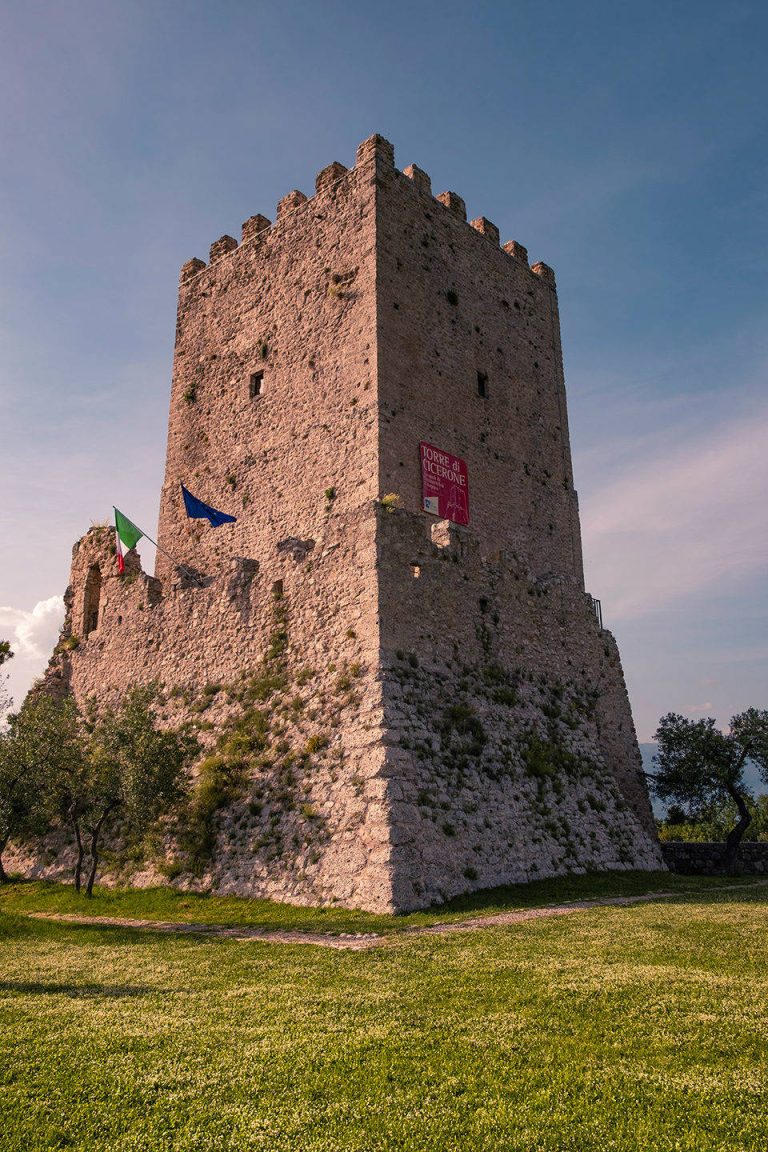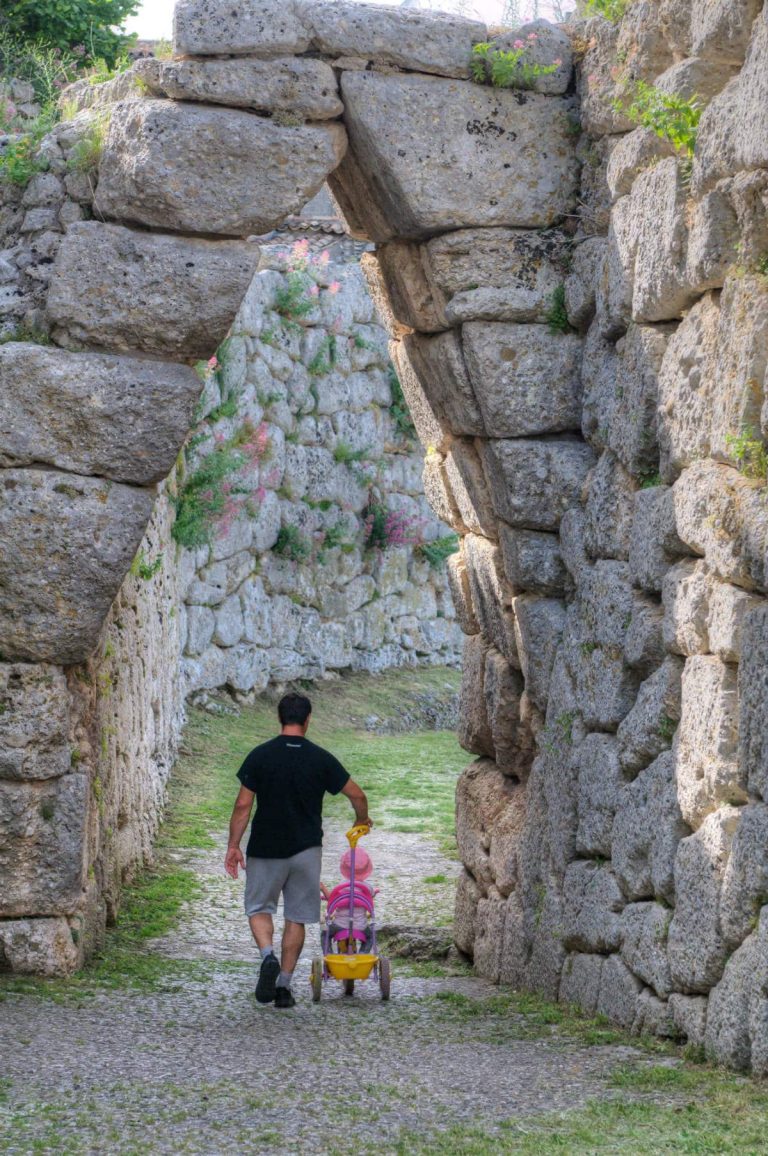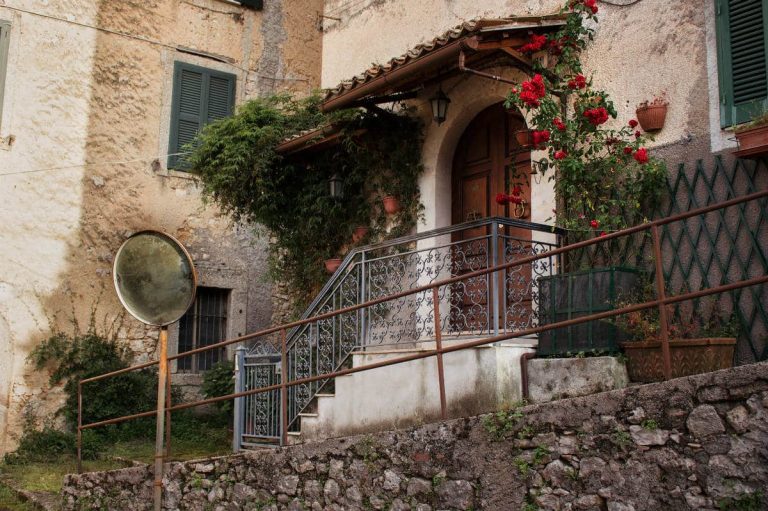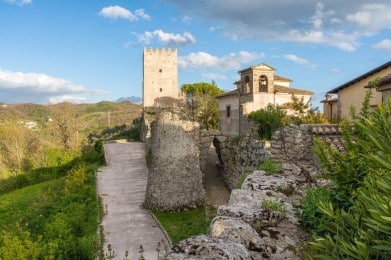Nestled on the heights overlooking the Liri Valley, Arpino is one of the most fascinating and historically relevant towns in Lazio, in the province of Frosinone. Known for being the birthplace of Marcus Tullius Cicero, the famous Roman orator, politician and philosopher, Arpino is an authentic treasure chest of history, culture and art, set among centuries-old olive groves and landscapes that range from the hills to the Apennine mountains.
The village has ancient roots: it was first a stronghold of the Volscians, then a Samnite town and finally an important Roman center. The mighty megalithic walls of the Acropolis of Civitavecchia, which can still be seen and visited today, testify to Arpino's strategic importance over the centuries. Here stands the only ogival pointed gate in pre-Roman Italy, built by the Volscians in the 7th century B.C., an extraordinary example of cyclopean architecture. Dominating the complex is the famous Tower of Cicero, from which there is one of the most striking views of Ciociaria.
The historic center unfolds in a succession of alleys, small squares, noble palaces and fine churches. Notable among these are the Collegiate Church of San Michele Arcangelo, rich in works of art, and the Church of Santa Maria di Civita, which houses the venerated wooden statue of the Assumption, carried in procession every August 15. Also of special note are Palazzo Boncompagni, now the seat of the Town Hall, and Ladislaus Castle, with the adjoining little church of Our Lady of Loreto.
Arpino is not only a village with a millennial history, but also a fervent center of contemporary culture. The prestigious Certamen Ciceronianum Arpinas, a Latin competition that attracts students from all over Europe, is held here every year. The Stone Book, with poems engraved in the streets of the village, and the Umberto Mastroianni Foundation, with more than a hundred works by the famous artist, testify to the continuous dialogue between past and present.
Among the most heartfelt traditions is the Gonfalone di Arpino, a historical and folkloric re-enactment involving the districts and contrade in a series of games and celebrations. The Corsa con la Cannata, a typical Gonfalone race, was recognized in 2023 as a UNESCO Intangible Cultural Heritage.
Arpino is also a place of nature and tranquility: thanks to its location, at about 450 meters above sea level, it enjoys a healthy climate and is an ideal starting point for exploring the Abruzzo, Lazio and Molise National Park, Lake Posta Fibreno, and the Abbeys of Casamari and Montecassino.
With a population of about 8,000, Arpino is a lively and welcoming village, an Orange Flag of the Italian Touring Club for tourist-environmental merits. Here myth, history and beauty coexist in perfect harmony, giving visitors an authentic and unforgettable experience in the heart of Ciociaria.

